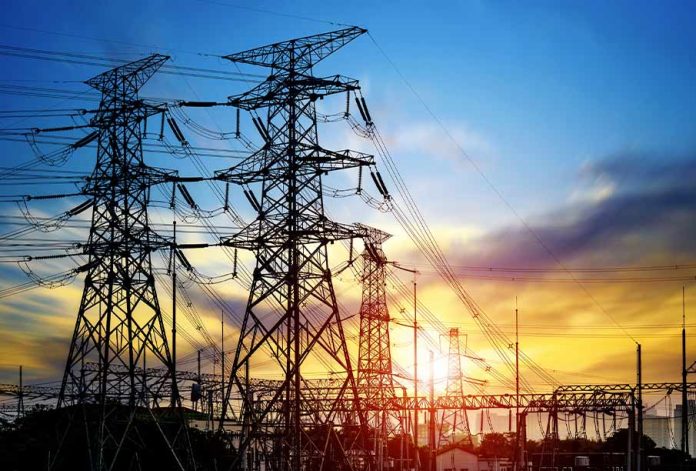Snapshot
The height of the electrical power transmission tower is around 77 metres (equal to 25-storey building approximately), making it the tallest in the region.
Keeping pace with the construction activities for India’s first regional rapid transit system (RRTS) corridor, National Capital Region Transport Corporation (NCRTC) has erected the tallest electrical power transmission tower near Meerut to shift a 400 KV electrical high-tension (EHT) line which was infringing the Delhi-Ghaziabad-Meerut RRTS corridor.
The height of this electrical power transmission tower is around 77 metres (equal to 25-storey building approximately), making it the tallest in the region.
At this point, the alignment of RRTS corridor is crossing over the Delhi Meerut Expressway (DME) and dedicated freight corridor (DFC) and hence, the height of the tower plays a crucial role to ensure construction of elevated viaduct and further operations of the RRTS trains.
The power transmission tower is located at a distance of 25 metre from the upcoming alignment of RRTS corridor.
The 400 KV EHT, double-circuit overhead power transmission line, belongs to Western Uttar Pradesh Power Transmission Limited (WUPPTCL) and the same has been shifted with full cooperation of the agency.
The entire work has been done with zero disruption to traffic on DME, Delhi-Meerut Road and ongoing construction of DFC. Also, minimum interruption of power supply was ensured in carrying out this work.
Apart from providing next generation mobility solutions in the National Capital Region (NCR), for the Delhi-Ghaziabad-Meerut Corridor, several basic utility infrastructures are being created due to the RRTS project.
The citizens of NCR will avail benefit from this improved infrastructure for a long time for transfer of EHT Lines.
Transfer of 44 EHT lines of electricity for the Delhi-Meerut RRTS corridor is being done in collaboration with various departments including Delhi Transco Limited, BSES, Indian Railways, UPPTCL, Powergrid, NTPC, Power link, WUPPTCL.
A total of 37 have been shifted/modified successfully so far. NCRTC utilised state-of-the-art technology, and rarely used techniques and tools to establish the power transmission poles with all required precautions, while ensuring least inconvenience to the residents.
Most of these lines are decades old lines whose transfer is a very difficult task. But by using state-of-the-art technology, the work is being completed with minimum interruption in power supply.
During the process of transfer of these lines, many lines which were earlier single circuit are being converted into double circuit. This allows the power supply to continue via another circuit even if one circuit trips.
Apart from this, sensitive work of shifting of many utilities like sewer line, dilapidated pipelines, gas pipelines and telephone wires has been carried out efficiently without interfering with the daily life of the communities living in the vicinity.


